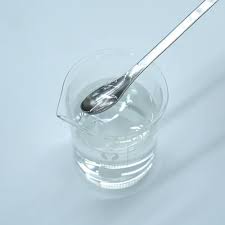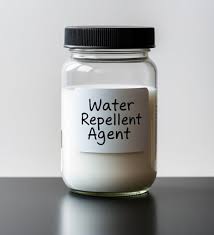Description
Anti-Pilling Agents: Keeping Your Clothes Looking Newer, Longer
We’ve all been there. You buy a beautiful new sweater or a cozy blanket, only to find it quickly marred by unsightly little balls of fluff clinging to its surface. These pesky imperfections, known as pills, can make even the most expensive fabrics look old and worn. Thankfully, there’s a solution: anti-pilling agents.
What are Pills and Why Do They Form?
Pilling is the formation of small balls of tangled fibers on the surface of a fabric. It’s a natural result of abrasion and wear, particularly on fabrics made from spun fibers like wool, cotton, and synthetics. As the fabric rubs against itself, other surfaces, or even your own skin, loose fibers on the surface become dislodged. These loose fibers then intertwine with other loose fibers, forming small, dense balls that are held in place by the remaining connected fibers.
Fabrics prone to pilling often include those made from:
- Shorter Staple Length Fibers: Shorter fibers are more likely to break and loosen.
- Loosely Woven Fabrics: Weaker weaves allow fibers to move around more easily.
- Blended Fabrics: Fibers with different strengths and properties can lead to uneven wear and tear.
The Role of Anti-Pilling Agents
Anti-pilling agents are chemical compounds applied to fabrics during the manufacturing process or as a garment finishing treatment. They work through a variety of mechanisms to prevent or minimize pilling:
- Fiber Strengthening: Some agents reinforce the internal structure of the fibers, making them more resistant to breakage and loosening. By strengthening individual fibers, they reduce the likelihood of them becoming dislodged and forming pills.
- Fiber Lubrication: Others act as lubricants, reducing friction between fibers. This lubrication minimizes the abrasion that leads to fiber breakage and entanglement.
- Bonding or Coating: Certain agents create a stronger bond between fibers within the yarn or fabric structure. Similarly, some form a thin coating over the fibers, helping to hold them in place and prevent them from shedding.
- Enzyme Treatments: Special enzymes can selectively remove loose fibers from the fabric surface, preventing them from forming pills. This enzymatic approach is often considered a more environmentally friendly option.
Types of Anti-Pilling Agents
The specific type of anti-pilling agent used depends on the fiber content of the fabric. Some common types include:
- Resins: Formaldehyde-based and formaldehyde-free resins can improve the dimensional stability and abrasion resistance of fabrics, reducing pilling.
- Silicones: Silicone polymers provide lubrication and a soft handle to fabrics, minimizing friction and reducing pilling.
- Polyacrylates: These polymers can be applied as a coating or binder to strengthen the fabric structure and prevent loose fibers from escaping.
- Enzymes: Cellulase enzymes are commonly used on cotton fabrics to remove loose fibers, thereby reducing pilling.
Benefits of Fabrics Treated with Anti-Pilling Agents
Fabrics treated with anti-pilling agents offer several key advantages:
- Improved Appearance: Clothes look newer and more attractive for a longer period.
- Enhanced Durability: Reduced pilling means the fabric is less likely to develop a worn or damaged appearance.
- Increased Comfort: The fabric surface remains smoother and more comfortable to wear.
- Reduced Washing and Maintenance Needs: Less pilling means less need to remove or clean the pills, saving you time and effort.
Consumer Awareness and Care
While anti-pilling agents are a valuable tool, consumers can also play a key role in minimizing pilling:
- Check the Label: Look for garments labeled as “anti-pill” or “pill-resistant.”
- Wash Clothes Inside Out: This protects the exterior surface from excessive abrasion.
- Use a Gentle Detergent: Harsh detergents can weaken fibers and increase the likelihood of pilling.
- Avoid Over-Drying: Excessive heat can damage fibers and contribute to pilling.
- Use a Fabric Shaver: If pilling does occur, a fabric shaver can gently remove the pills without damaging the fabric.
The Future of Anti-Pilling Technology
Research and development in anti-pilling technology are ongoing, with a focus on developing more sustainable and effective solutions. This includes exploring bio-based agents, improving enzyme-based treatments, and developing new fiber blends that are naturally resistant to pilling. As technology advances, we can expect to see even more fabrics that maintain their pristine appearance for years to come, thanks to the advancements in anti-pilling agents.













Reviews
There are no reviews yet.